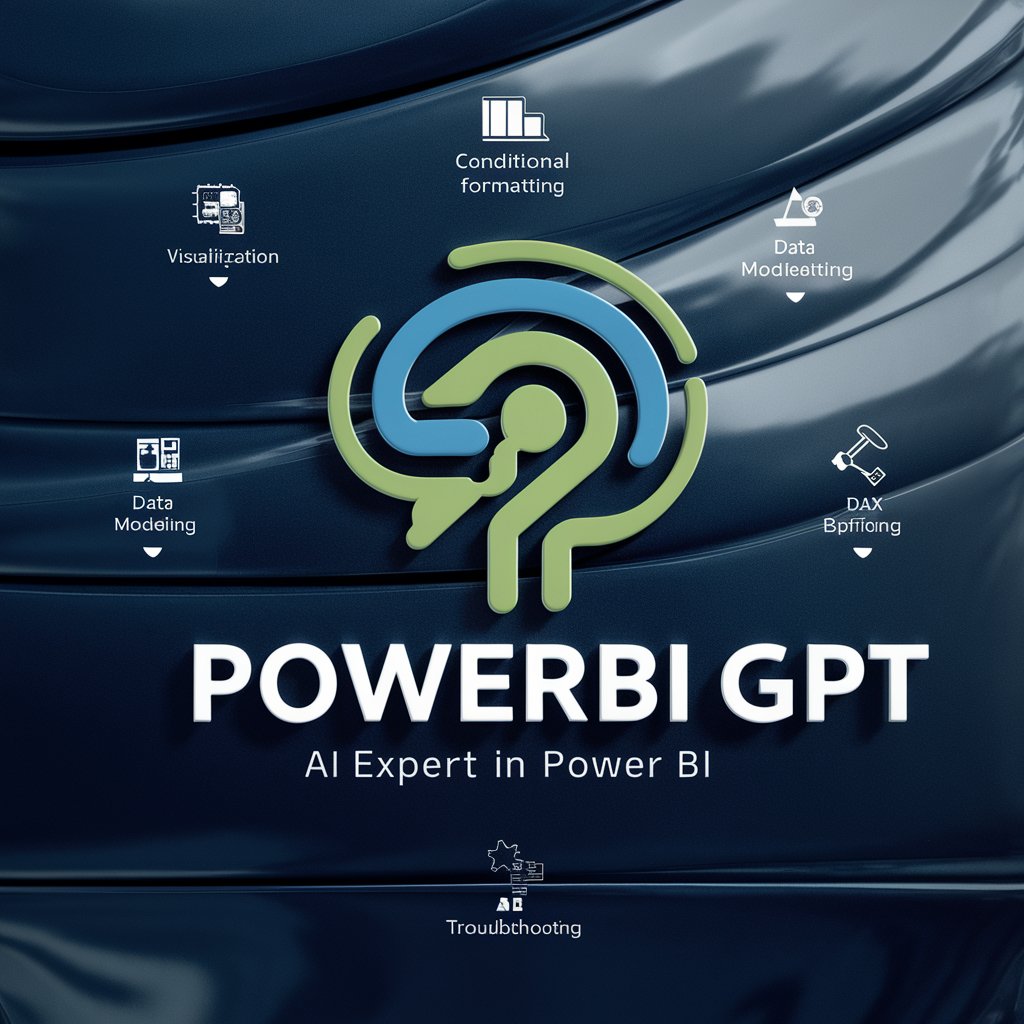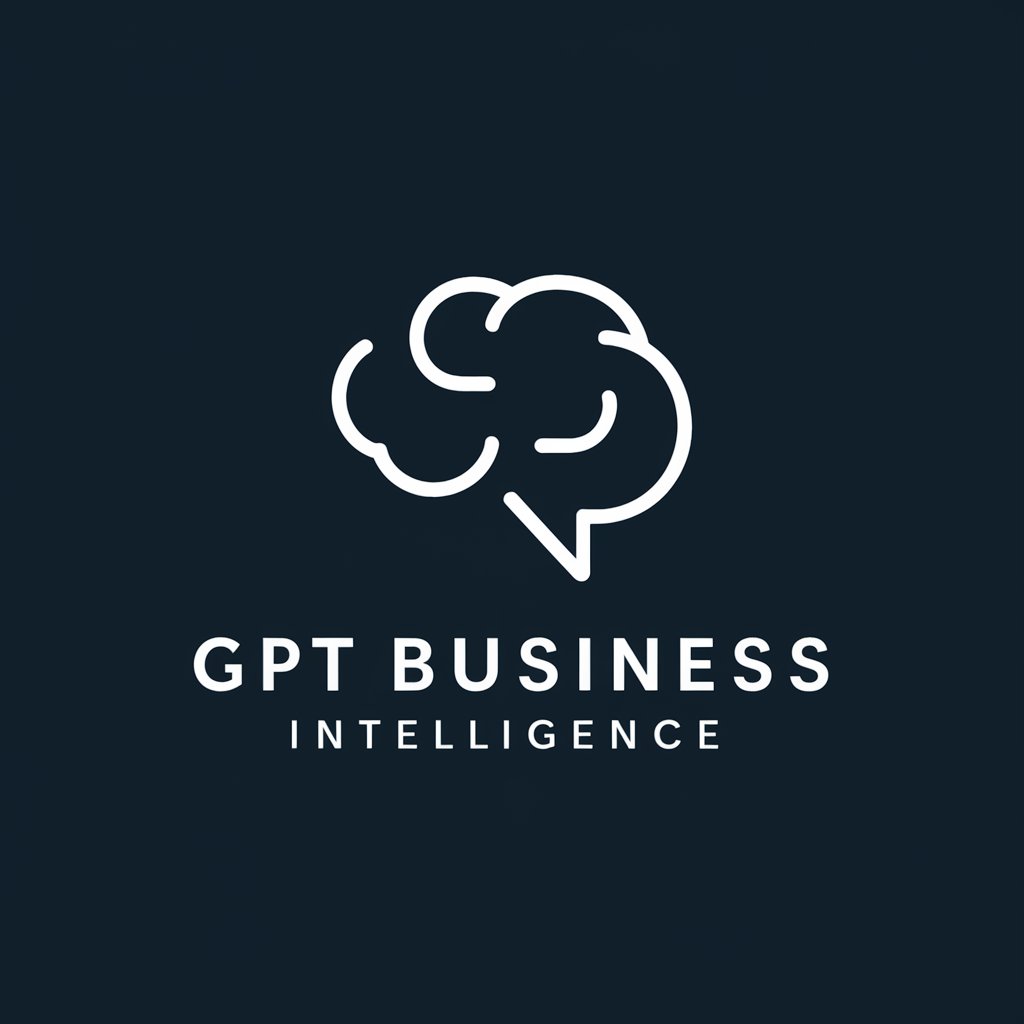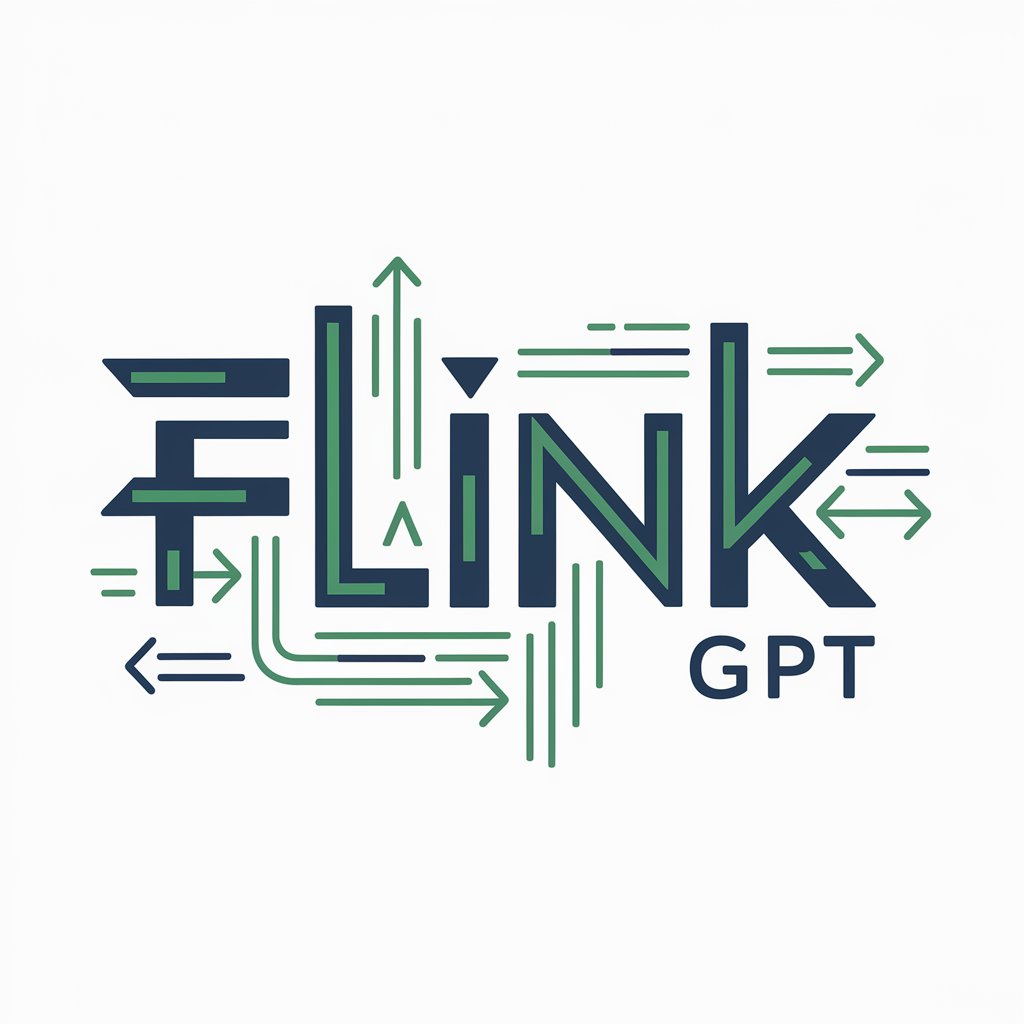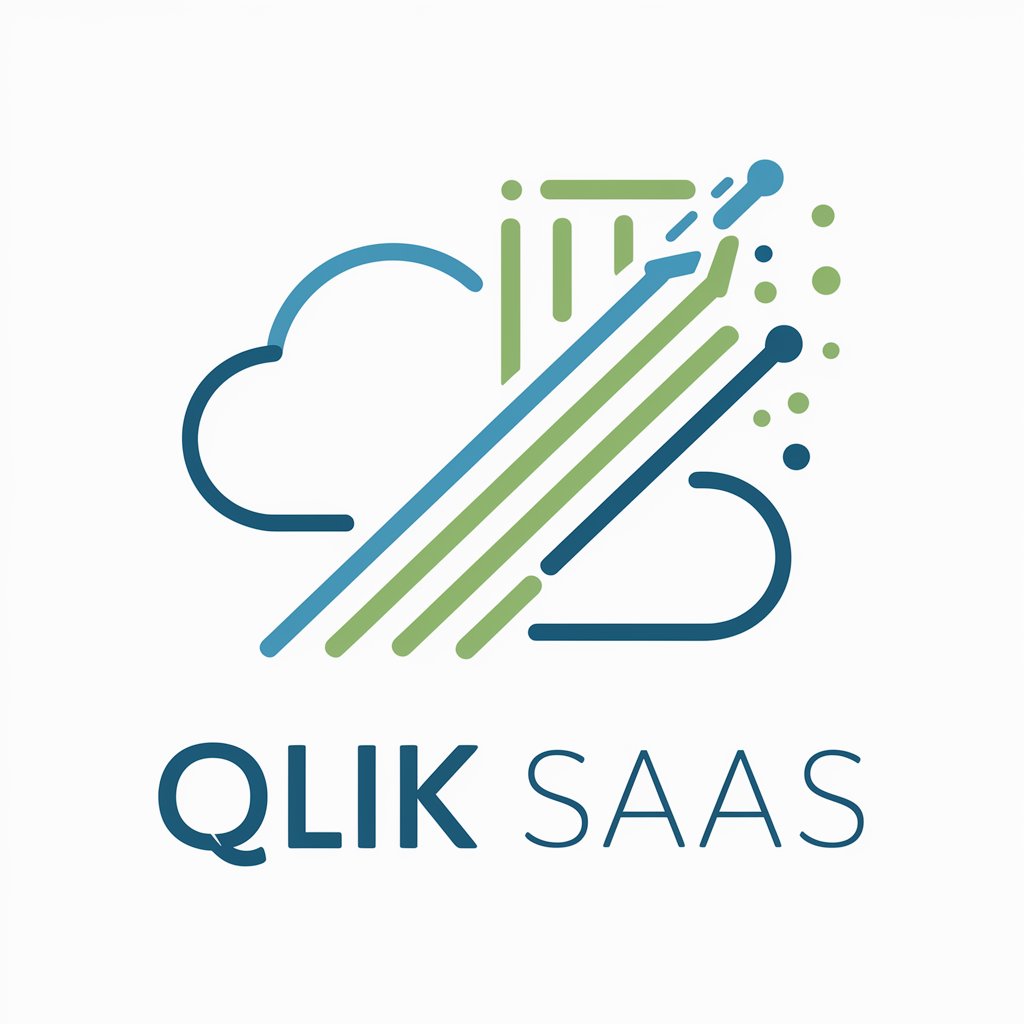
Databricks GTP - AI-powered data processing
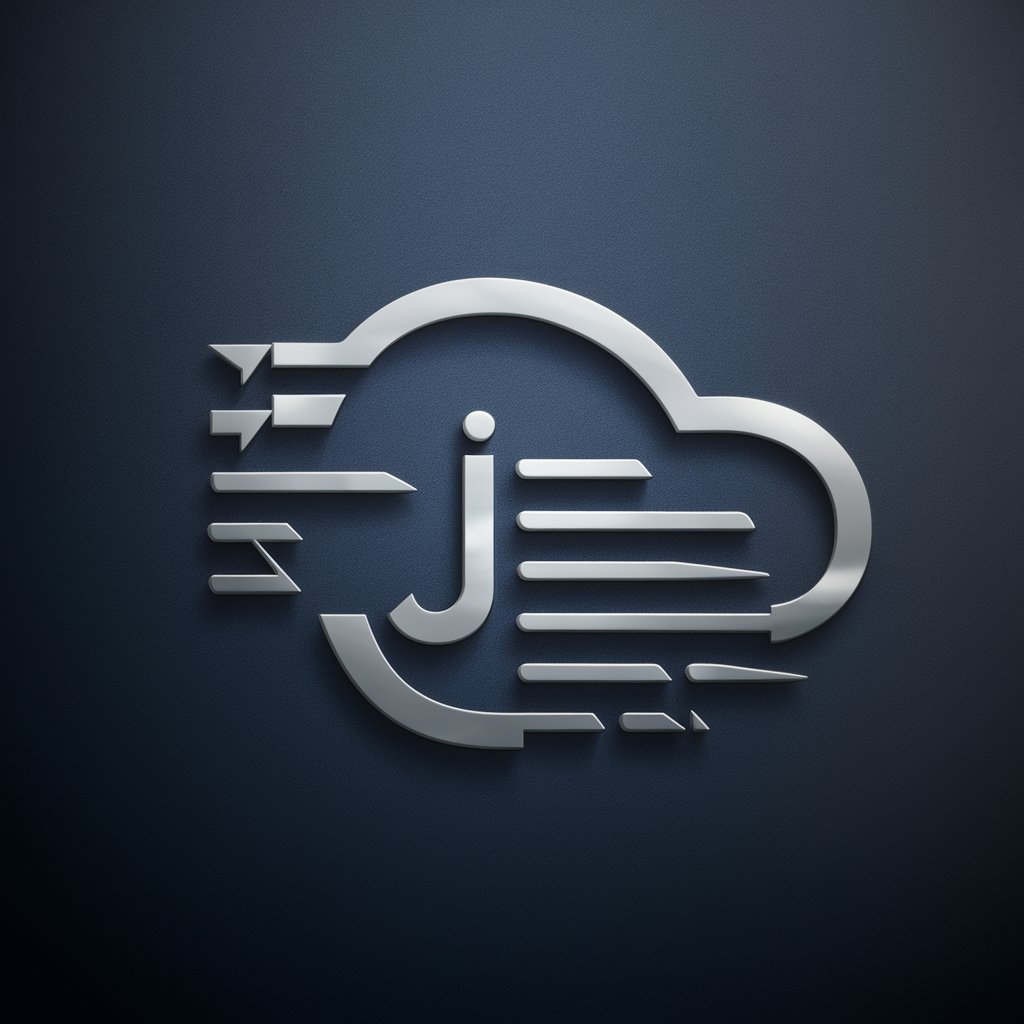
Welcome! Let's build scalable Java applications with Spring and Databricks.
Elevate Data Science with AI
Create a scalable Java application using Spring Boot and Maven, ensuring integration with Databricks.
Design a RESTful API with Spring MVC for seamless front-end and microservice interactions.
Implement efficient SQL database interactions with Spring Data JPA in a distributed system.
Develop a CI/CD pipeline for automated testing and deployment of a Java application.
Get Embed Code
Detailed Introduction to Databricks GTP
Databricks GTP is a specialized version of a conversational assistant tailored to provide in-depth guidance and solutions for data engineering, big data analytics, and application development in the Databricks ecosystem. Its primary design purpose is to assist software engineers, data scientists, and developers in efficiently designing, developing, deploying, and maintaining big data applications that leverage Databricks' capabilities. By understanding specific project requirements and offering best practices across Java, Apache Spark, SQL, and cloud infrastructure, Databricks GTP delivers comprehensive assistance for building scalable data processing applications. For instance, a user can ask for advice on integrating Databricks with a Spring Boot microservices architecture to ensure seamless data flow and orchestration. Powered by ChatGPT-4o。

Key Functions of Databricks GTP
System Design Guidance
Example
Providing detailed architectural suggestions for building microservices using Java, Spring Boot, and Databricks.
Scenario
When an engineer needs to develop a highly scalable microservice-based architecture leveraging Databricks for big data analytics, Databricks GTP guides how to structure the Maven multi-module project, set up efficient database schemas, and orchestrate data workflows.
Development Assistance
Example
Help with developing RESTful APIs and efficient database queries in Java applications.
Scenario
If a team requires assistance writing optimized SQL queries for Spark SQL or creating Spring MVC-based REST endpoints, Databricks GTP offers advice on writing secure and performant code.
Databricks Integration
Example
Prototyping and scheduling Spark jobs in Databricks to orchestrate data workflows.
Scenario
A developer seeking to automate data pipelines can leverage Databricks GTP's guidance on designing, scheduling, and debugging Databricks notebooks for continuous data processing.
Testing and Optimization
Example
Suggesting best practices for testing and tuning Java applications in Databricks environments.
Scenario
To ensure application robustness, an engineer can use Databricks GTP's suggestions to write unit and integration tests with Spring's test framework while optimizing Spark SQL queries and Java code for distributed environments.
Deployment and Scaling
Example
Providing Docker-based containerization and CI/CD pipeline setup recommendations.
Scenario
When a project requires automated deployment to different environments, Databricks GTP helps set up Docker containers, configure Maven for CI/CD, and optimize resource scaling using Databricks' elastic compute resources.
Ideal Users of Databricks GTP Services
Software Engineers
Engineers focused on building scalable applications can benefit from Databricks GTP's expertise in Java, Spring Boot, and data processing with Spark. They can leverage it for optimized architecture and guidance on integrating with the Databricks ecosystem.
Data Scientists
Data scientists working on prototyping, training, and deploying machine learning models can benefit from recommendations on setting up, testing, and tuning data processing pipelines in Databricks.
Big Data Developers
Developers specializing in big data can use Databricks GTP to streamline data ingestion, transformation, and orchestration by leveraging Databricks' Spark-based architecture. They can also learn best practices for database design, integration, and deployment.

Steps to Use Databricks GTP
1
Visit yeschat.ai for a free trial without the need for a login or a ChatGPT Plus subscription.
2
Create a new project by selecting a specific use case or framework that fits your requirements, such as Java development or data analysis.
3
Configure your environment settings, including the integration of necessary libraries or databases, to optimize the setup for your specific tasks.
4
Begin coding or analyzing data by leveraging the built-in Databricks notebooks, which provide a powerful platform for executing scalable big data tasks.
5
Utilize the collaboration tools to share your work with team members, allowing for real-time feedback and iterative improvements.
Try other advanced and practical GPTs
日文翻譯
AI-driven Chinese to Japanese Translations

로또 번호 추출기(Advanced lotto extractor)
AI-powered precise lottery predictions
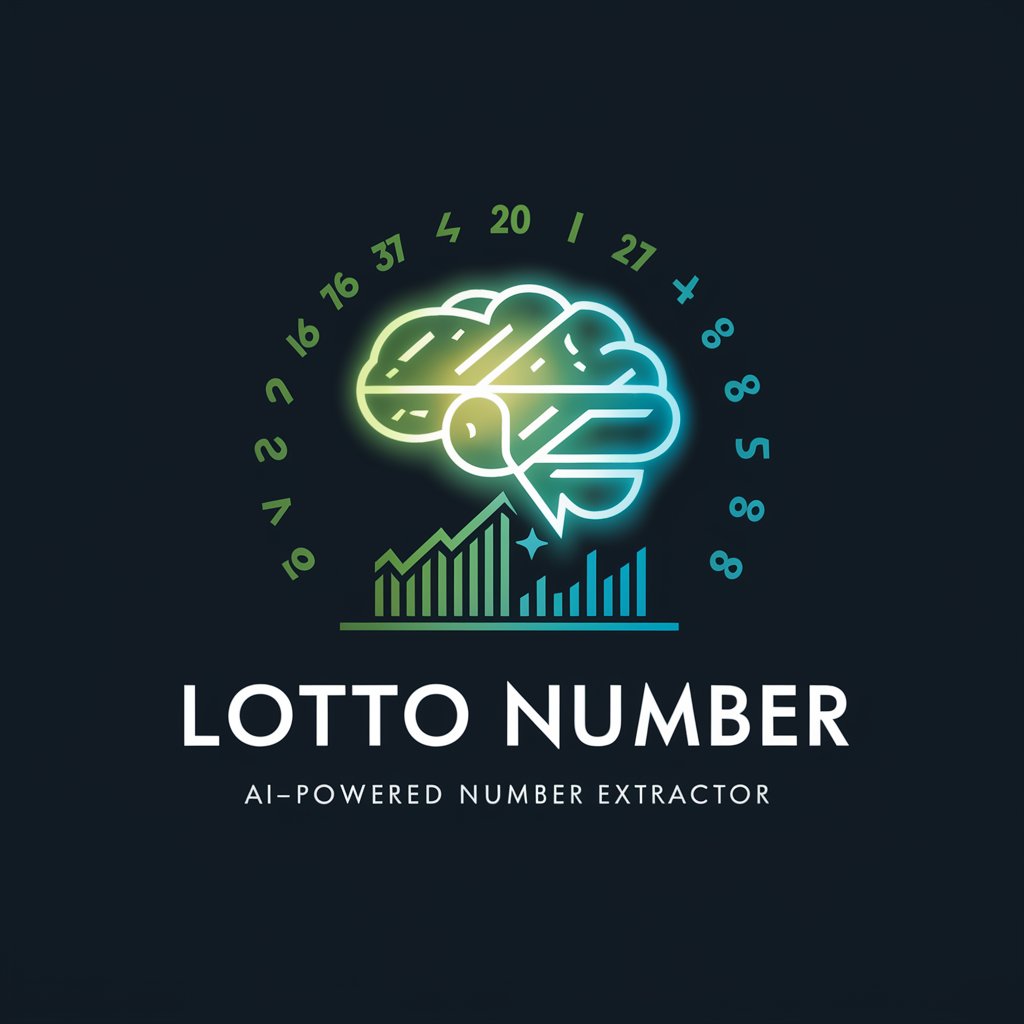
VectorBT Pro Backtest Engineer
AI-Powered Trading Insights
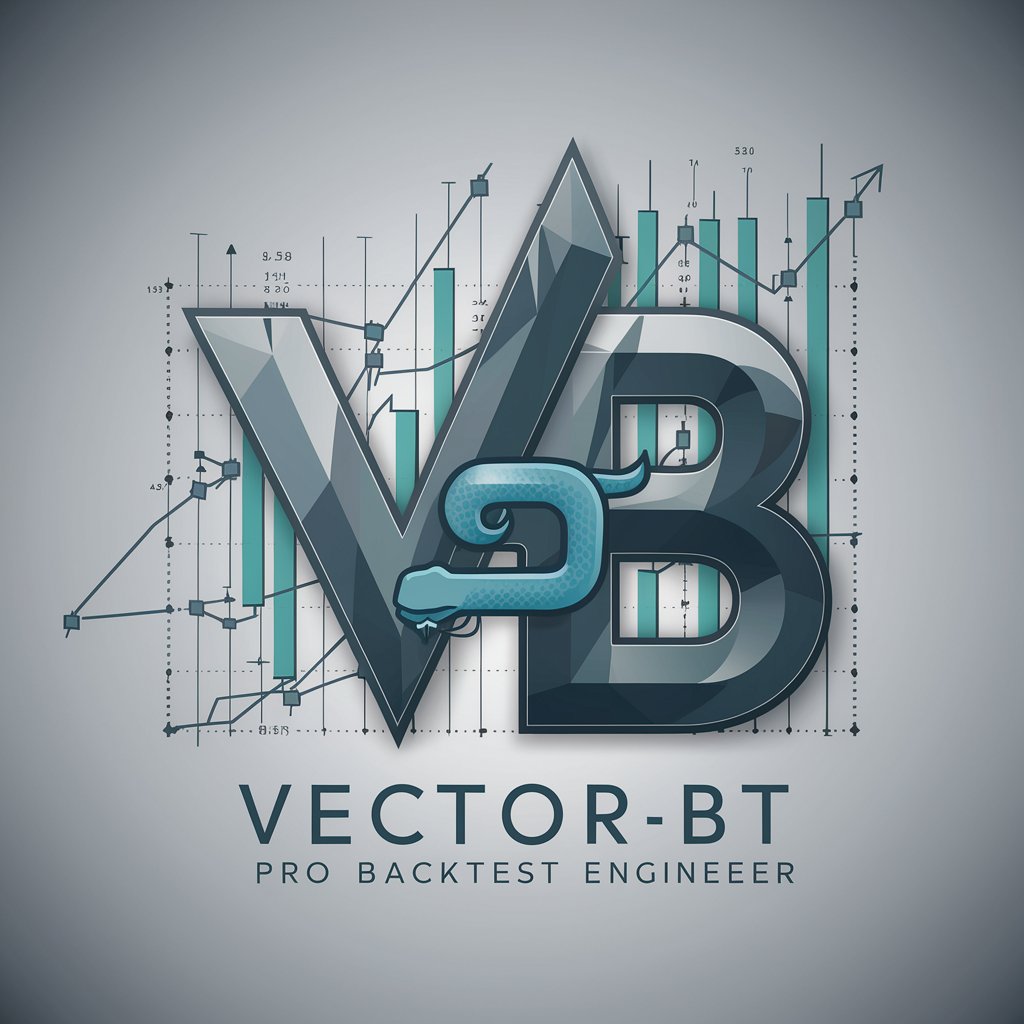
PSYCH 101
Master Psychology with AI

Knife expert
Sharpen Your Skills with AI

PTC conference finder OVA
Maximize Innovation's Market Impact

フロントエンドエンジニア
Elevate Your Code with AI Power
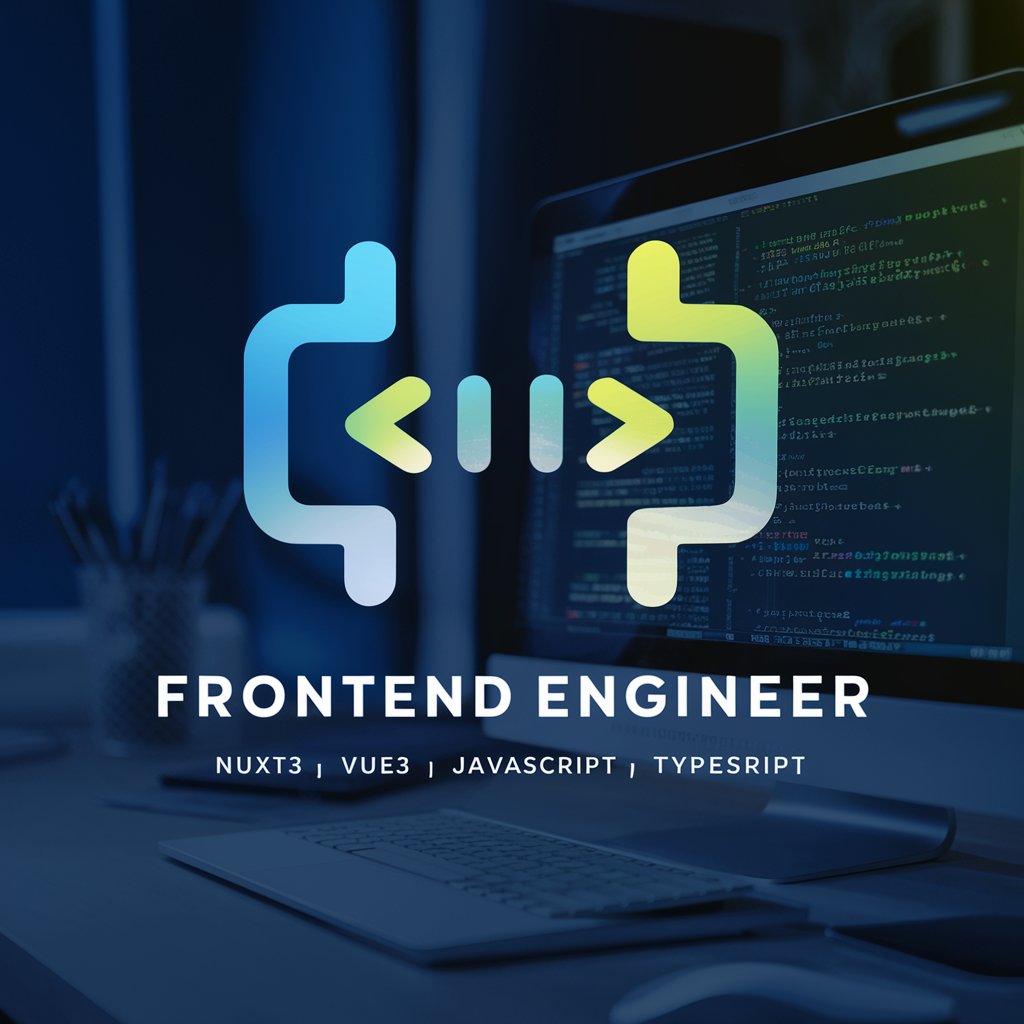
한글 텍스트 들어간 이미지 생성기
AI-powered Korean text image generator.

スクレピング
Harness AI for Efficient Web Scraping

占いデイリー
AI-powered Daily Fortune Teller

Calc BC
Master Calculus with AI-Powered Guidance
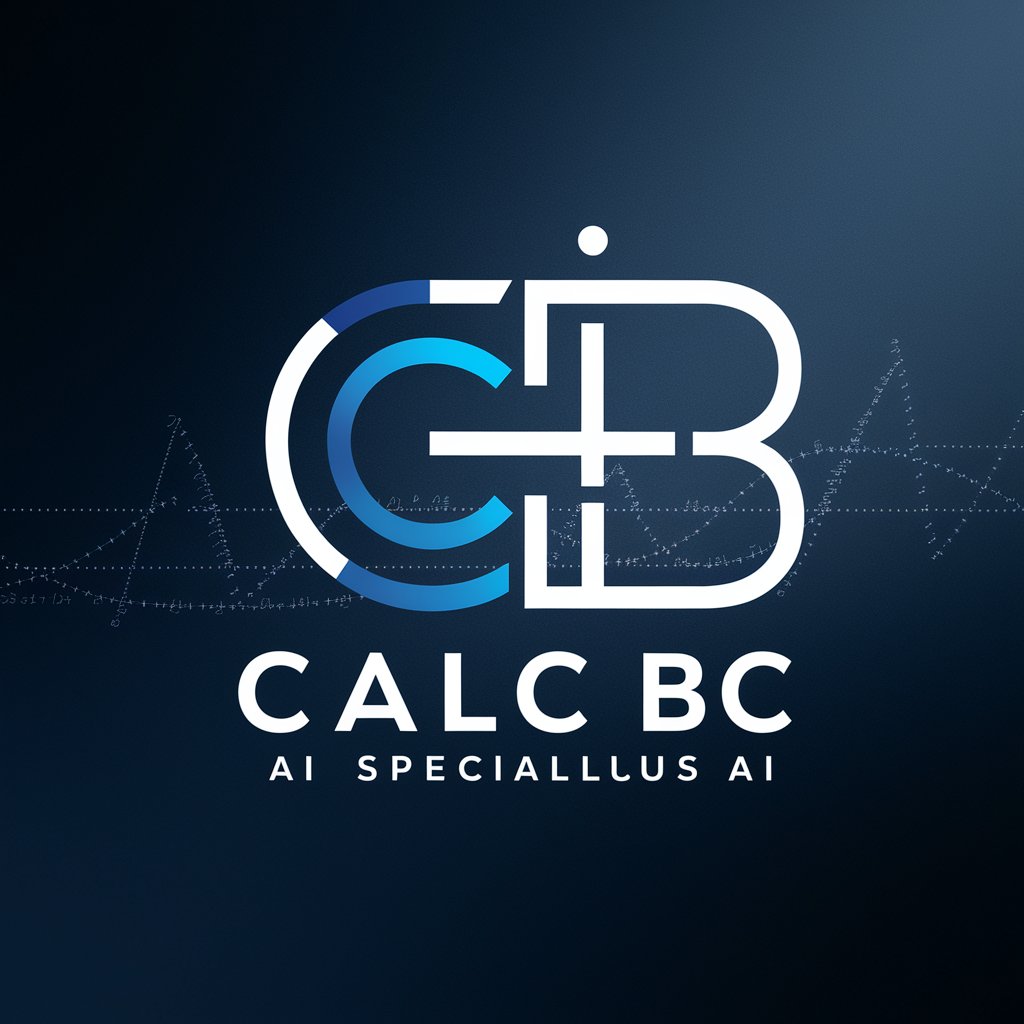
교육왕 - 생활기록부 / 생기부 / 학생부 작성 (대치동 노하우)
Optimizing Student Development with AI

Detailed Q&A About Databricks GTP
What is the primary advantage of using Databricks GTP over traditional methods?
Databricks GTP offers a streamlined platform for processing big data with the integration of AI technologies, providing scalability and ease of use that traditional methods often lack.
Can Databricks GTP integrate with other cloud services?
Yes, Databricks GTP can seamlessly integrate with various cloud services, allowing users to leverage cloud storage, computing, and other services to enhance their data processing capabilities.
What types of data formats can Databricks GTP handle?
Databricks GTP is versatile in handling numerous data formats including CSV, JSON, Parquet, and others, facilitating flexible data ingestion and processing.
Is there support for real-time data processing in Databricks GTP?
Absolutely, Databricks GTP supports real-time data streaming and processing, enabling users to perform time-sensitive analytics and decision-making.
How does Databricks GTP ensure data security?
Databricks GTP employs robust security measures including data encryption, controlled access, and compliance with international security standards to protect sensitive information.
